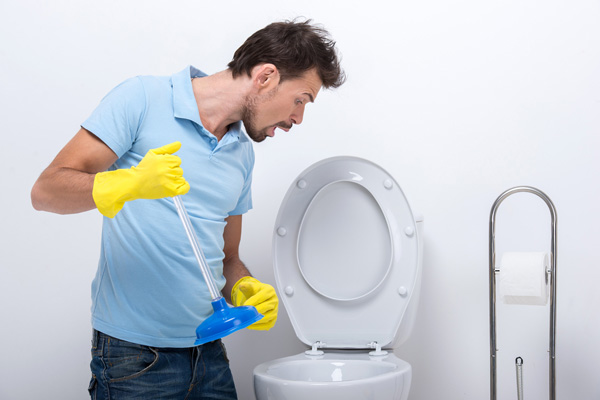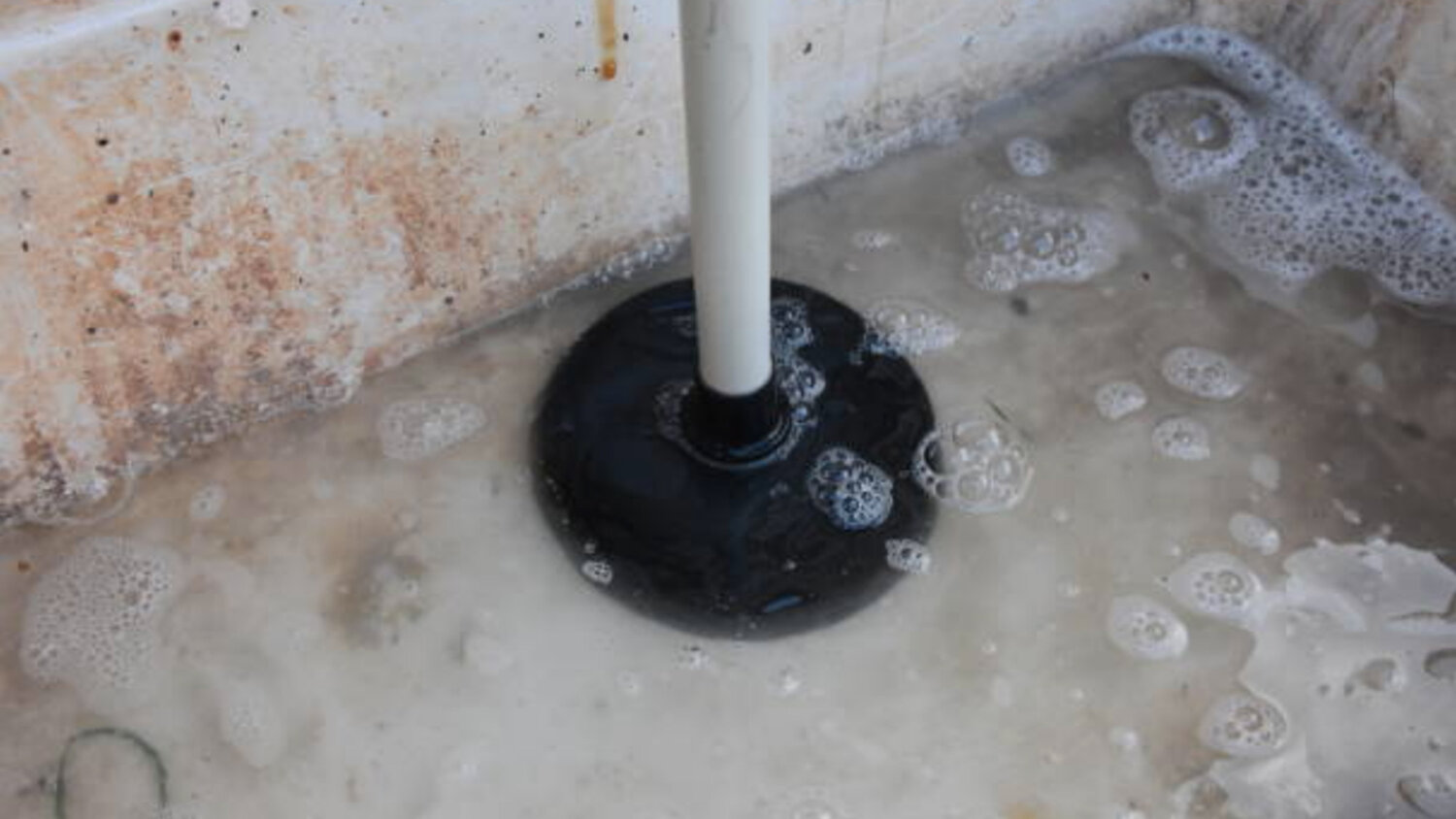How to Master Plungers and Drain Cleaner: Professional Guidance
How to Master Plungers and Drain Cleaner: Professional Guidance
Blog Article
Nearly everybody seems to have their own idea about A Guide to Plungers (and How to Use Them).

Introduction
Proper upkeep of house drains pipes is crucial for protecting against obstructions and making certain smooth water circulation. One of the key devices in every home owner's toolkit is the bettor, together with various drainpipe cleansers developed to tackle persistent blockages effectively. This write-up checks out exactly how to make use of bettors and drain cleansers effectively to maintain your drains moving freely.
Area 1: Comprehending Bettors
Types of Plungers
There are numerous types of bettors available, each developed for various types of drains pipes and obstructs. The most typical kinds consist of mug plungers, flange plungers, and accordion bettors.
Just How Plungers Work
Plungers work with the principle of creating pressure and suction to remove obstructions. When correctly applied over a drainpipe, they develop a vacuum cleaner that can take out debris or break up blockages.
Choosing the Right Plunger
Choosing the best plunger depends upon the kind of drain and the nature of the blockage. Cup plungers are excellent for sinks and bathtubs, while flange bettors are much better fit for bathrooms because of their design.
Common Blunders with Bettors
Preventing these errors guarantees effective plunging: inappropriate seal around the drainpipe, inadequate pressure, and unclear surrounding particles.
Area 2: Using Plungers Effectively
Prep work
Before diving, guarantee the plunger covers the drainpipe completely and creates a tight seal. Clear any kind of visible particles around the drain opening.
Strategy
Start with mild plunging movements to construct suction. Boost stress gradually, utilizing a steady rhythm. Repeat as required till the drain removes.
Repairing Tips
If plunging doesn't work, attempt adjusting the seal, applying petroleum jelly for a far better seal, or utilizing a various type of plunger.
Area 3: Comprehending Drainpipe Cleaning Company
Types of Drain Cleansers
Drain cleansers can be chemical or chemical. Chemical cleansers utilize solid chemicals to liquify obstructions, while chemical cleansers utilize all-natural enzymes to break down raw material.
Exactly How Drain Cleansers Work
Chemical cleaners react with clogs to liquify them, while chemical cleansers break down organic materials like hair and grease without damaging pipelines.
Security Considerations
Always put on handwear covers and eye protection when using chemical drainpipe cleaners. Guarantee adequate air flow and comply with manufacturer guidelines thoroughly.
Eco-Friendly Alternatives
Consider making use of vinegar and baking soft drink or enzyme-based cleaners for green choices that are more secure for pipes and the setting.
Section 4: Utilizing Drainpipe Cleansers Properly
Application Techniques
Put chemical cleansers directly into the drainpipe opening. Allow them to help the suggested time prior to flushing with hot water. Enzymatic cleansers need to sit overnight.
Safety measures
Stay clear of blending various types of cleaners, as this can produce harmful fumes. Never ever use chemical cleansers together with a bettor, as splashing can take place.
Taking Care Of Persistent Blockages
For relentless blockages, consider utilizing a pipes snake or calling a specialist plumbing professional to stop damages to pipes.
Conclusion
In conclusion, recognizing just how to utilize plungers and drainpipe cleansers efficiently is important for maintaining healthy and balanced plumbing systems. By choosing the right devices and techniques, home owners can deal with minor blockages and prevent significant plumbing concerns down the line.
4 DIY Ways to Unclog Drains
Wire Hanger
This age-old technique has been used by many an amateur plumber – to much success. Take any wire hanger, deconstruct its shape and leave a small hook shape on the end. Time to go fishing! Remove the shower or sink drain cover and snake the wire into the drain, wiggling and rotating it as you push it through. Dispose of the gunk that you remove and flush the drain with hot water. Rinse with a pan of boiling water for best results.
Plunger
Creating a suction in your drain can break up clogs caused by hair and soap residue build up. First, make sure you are using the correct type of plunger, one specifically for sinks or tubs. They are typically smaller than regular toilet plungers and often have a shallow suction cup. Regular plungers can work too but we’d recommend cleaning them first and finding a way to create better suction over the drain.
Baking Soda and Vinegar
This technique is a classic – and one of the most popular DIY drain unclog methods. Pour one cup of baking soda and one cup of vinegar down the drain and allow it to work its magic overnight. The next morning, flush the drain with boiling water. Repeat if necessary.
Drain Snake/Hair Clog Tool
If you know your clog is caused primary by hair, a drain snake/hair clog tool might be your best option. These tools can be purchased for under $10 at any hardware store and work well so long as the clog isn’t too deep in the drain.
https://www.callcatons.com/blog/four-diy-ways-to-unclog-drains/

Application Techniques
Put chemical cleansers directly into the drainpipe opening. Allow them to help the suggested time prior to flushing with hot water. Enzymatic cleansers need to sit overnight.
Safety measures
Stay clear of blending various types of cleaners, as this can produce harmful fumes. Never ever use chemical cleansers together with a bettor, as splashing can take place.
Taking Care Of Persistent Blockages
For relentless blockages, consider utilizing a pipes snake or calling a specialist plumbing professional to stop damages to pipes.
Conclusion
In conclusion, recognizing just how to utilize plungers and drainpipe cleansers efficiently is important for maintaining healthy and balanced plumbing systems. By choosing the right devices and techniques, home owners can deal with minor blockages and prevent significant plumbing concerns down the line.
4 DIY Ways to Unclog Drains
Wire Hanger
This age-old technique has been used by many an amateur plumber – to much success. Take any wire hanger, deconstruct its shape and leave a small hook shape on the end. Time to go fishing! Remove the shower or sink drain cover and snake the wire into the drain, wiggling and rotating it as you push it through. Dispose of the gunk that you remove and flush the drain with hot water. Rinse with a pan of boiling water for best results.
Plunger
Creating a suction in your drain can break up clogs caused by hair and soap residue build up. First, make sure you are using the correct type of plunger, one specifically for sinks or tubs. They are typically smaller than regular toilet plungers and often have a shallow suction cup. Regular plungers can work too but we’d recommend cleaning them first and finding a way to create better suction over the drain.
Baking Soda and Vinegar
This technique is a classic – and one of the most popular DIY drain unclog methods. Pour one cup of baking soda and one cup of vinegar down the drain and allow it to work its magic overnight. The next morning, flush the drain with boiling water. Repeat if necessary.
Drain Snake/Hair Clog Tool
If you know your clog is caused primary by hair, a drain snake/hair clog tool might be your best option. These tools can be purchased for under $10 at any hardware store and work well so long as the clog isn’t too deep in the drain.
https://www.callcatons.com/blog/four-diy-ways-to-unclog-drains/

I found that post about when doing a search on the search engines. Do you know about somebody else who is fascinated with the subject? Feel free to share it. We take joy in reading our article about Here's How to Correctly Use a Toilet Plunger.
Book Your Appointment Report this page